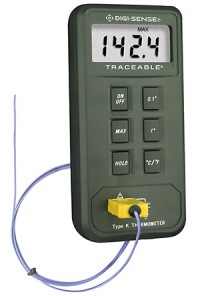Polymerization of heat cure epoxy
What is epoxy adhesive?
Single part epoxies contain both resin and hardener in the one mixture (unlike two-part epoxies where they are packaged separate and mixed before use). The curing mechanism of heat cure epoxy is activated when exposed to high temperature and cures the adhesive. Continued exposure to heat enables cross linking of polymers as they form and ensures a high strength, rigid cured solid material.
 Curing temperatures and cure schedules
Curing temperatures and cure schedules
Most Permabond single part epoxies cure between 100 and 150°C although there are a few exceptions. Several heat cure epoxy adhesives cure at temperatures below 100°C and these have been developed for plastic bonding or for bonding sensitive electronics or sensors where higher temperatures could distort or damage parts. Some heat cure epoxy adhesives, when used in thin film, (for example, an epoxy sealant) can be cured at higher temperatures. But for depth curing of bulk material there can be an unwanted exothermic reaction as the cure process itself produces heat.
It is important to follow the cure schedule as specified on the epoxy adhesive manufacturers technical datasheet. Deviation from this may result in an under cured or charred adhesive.
Troubleshooting – my adhesive is still soft / not fully cured or the strength is limited
Although you may have set your oven at 150°C (for example) and the assembly has been in there for the recommended time, there may be some other factors which may have prevented a complete cure:
- How big the assembly is – how long is it taking to warm up to 150°C?
- How loaded is the oven? If there are a lot of parts in the oven it could take longer
- Is the oven the same temperature throughout? Many ovens have hotspots or cooler zones
- Is the thermostat in the oven reliable?
How do I check the oven is working properly?
You could use a temperature logger with a thermocouple attached (with a long piece of wire leading inside the oven and placed on the part). It will record the entire oven cycle on a graph. If you don’t have access to a temperature logger, you could use an electronic thermometer, again with thermocouple attachment so you can monitor what is going on inside the oven without opening the door.
How can I tell if the epoxy bond is fully cured?
This can be difficult as the adhesive may appear solid but it may not have “cross-linked” fully. Testing the Shore D hardness is probably the easiest and cheapest test without having to purchase a tensometer for measuring shear strength!
Are there any other methods of curing single part epoxy without using an oven?
Yes, some users successfully cure single part epoxy adhesive using hot guns, infra-red lamps, custom made heated clamps or by induction coil. This can be hit and miss – some of these methods make it very difficult to ensure the parts are exposed to the correct temperature for the recommended time. In this case all you can really do is check the hardness of the cured product. Induction methods of curing are only suitable for certain substrate materials which are conductive.

You can find all the Permabond 1K Epoxy range on our documentation here